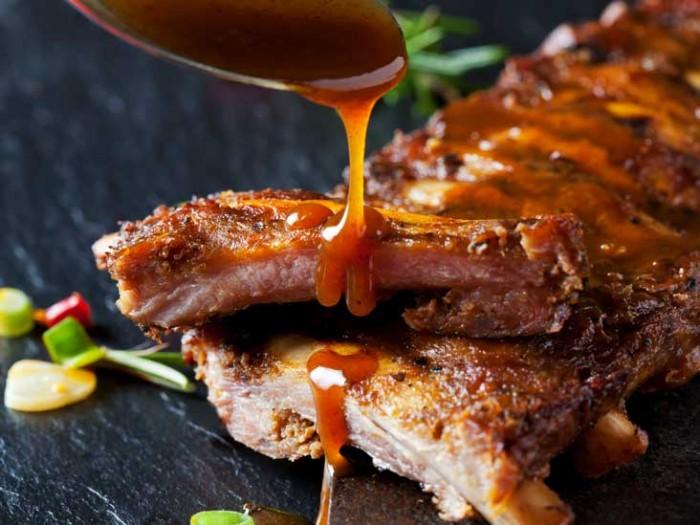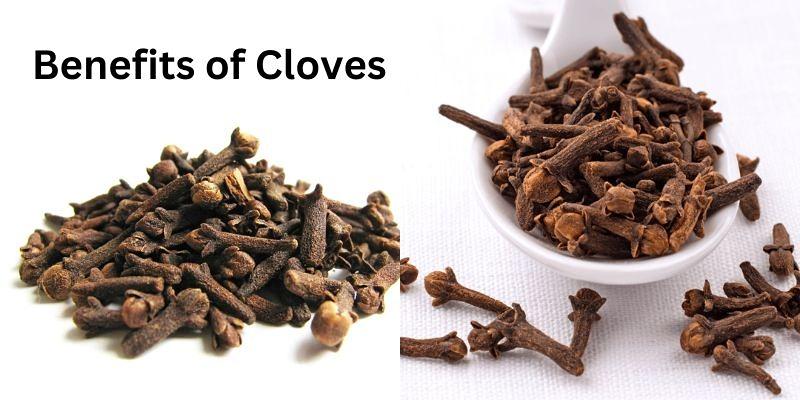Pork is one of the most commonly eaten meats worldwide, but recent research has highlighted some hidden dangers lurking in your fresh-cut chops and juicy roasts.
The widely held belief that pork is safe to eat—even healthy at times—has been challenged by new scientific evidence pointing to real health risks associated with its consumption.
In this blog post, we’ll discuss why eating too much pork can cause serious harm to your body, as well as other important safety measures you should take when selecting and preparing pork for your meals.
Don’t let these potential risks scare you off completely – arm yourself with the knowledge to make educated decisions about what goes on your plate!
Overview of Salmonella-borne Diseases Associated with Pork Consumption
Pork consumption can come with some hidden dangers. Salmonella is an important foodborne pathogen associated with pork products, and it can cause a range of illnesses, including gastroenteritis, septicemia, or typhoid fever.
It is estimated that each year in the United States alone, over half a million cases of gastrointestinal illness are caused by Salmonella in pork products. The most common sources of infection include undercooked pork and contaminated surfaces that have come into contact with raw or contaminated pork, such as cutting boards, utensils, and work surfaces.
Even if the surface appears clean, Salmonella can remain on these surfaces and be transmitted to the person who consumes the pork. The symptoms of Salmonella-borne illnesses include abdominal cramps, fever, vomiting, diarrhea, and temporary paralysis or shock in some cases.
In addition to these gastrointestinal issues, it can lead to more serious conditions such as meningitis and septicemia, which can cause death in some cases.
Therefore, it is important to practice food safety to prevent the spread of Salmonella-borne diseases.
Thoroughly cook pork products, and use separate cutting boards for raw and cooked pork. Wash hands after handling raw pork or any surfaces that have been contaminated with it.
Lastly, keep raw pork and its juices away from other foods to prevent cross-contamination.
Bacterial Contamination

Bacterial contamination poses a significant risk when consuming pork, potentially leading to foodborne illnesses. Common bacteria found in pork include Salmonella, Escherichia coli (E. coli), and Listeria monocytogenes.
These bacteria can cause symptoms such as diarrhea, abdominal pain, fever, and in severe cases, life-threatening complications. Proper handling and cooking techniques are crucial to minimize the risk of bacterial contamination.
It is essential to store pork at safe temperatures, separates it from other foods to prevent cross-contamination, and cook it thoroughly to kill any harmful bacteria. Adhering to food safety practices ensures the safe consumption of pork and reduces the chances of foodborne illnesses.
Parasitic Infections
Parasitic infections associated with pork consumption include trichinosis and taeniasis (caused by Taenia solium). Trichinosis is caused by the parasite Trichinella spiralis, which can be found in undercooked pork. It can lead to muscle pain, fever, and digestive issues.
The tapeworm Taenia solium causes taeniasis, and infection can occur by consuming undercooked pork contaminated with its eggs. Prevention involves thoroughly cooking pork to kill parasites and practicing good hygiene and sanitation when handling raw pork.
Avoiding raw or undercooked pork consumption and maintaining proper food preparation and storage practices are essential in preventing parasitic infections.
High Fat and Cholesterol Content

The high fat and cholesterol content in pork can affect cardiovascular health. Excessive consumption of fatty cuts of pork or processed pork products can contribute to elevated levels of LDL cholesterol (commonly known as "bad" cholesterol) in the blood.
High LDL cholesterol is a risk factor for heart disease, as it can lead to plaque formation in the arteries, narrowing them and increasing the risk of heart attacks and strokes. Moreover, high-fat pork products can also contribute to weight gain and obesity.
Pork, particularly when consumed in the form of processed meats like bacon or sausages, is often high in calories and saturated fats. Regularly consuming these high-calorie and high-fat foods can contribute to weight gain and increase the risk of obesity.
Obesity, in turn, is associated with various health conditions such as diabetes, hypertension, and cardiovascular diseases. To mitigate these risks, consuming pork in moderation and as part of a balanced diet is important.
Choosing lean cuts of pork, trimming visible fat, and opting for cooking methods that do not involve excessive added fats can help reduce the fat content.
Additionally, incorporating various lean protein sources, such as poultry, fish, legumes, and plant-based proteins, can diversify the diet and promote overall health.
Nitrate and Nitrite Content
Processed pork products like bacon, ham, and sausages often contain nitrates and nitrites. These additives preserve the meat's color, prevent bacterial growth, and enhance flavor. However, excessive consumption of nitrates and nitrites has been linked to health risks.
When ingested, nitrites can react with certain compounds in the body to form nitrosamines, known carcinogens. High intake of nitrosamines has been associated with an increased risk of certain cancers, particularly colorectal cancer.
Individuals can choose nitrate-free alternatives to minimize exposure to nitrates and nitrites, which are becoming more readily available in the market. These alternatives use natural preservation sources, such as celery powder, and can provide a safer option for those concerned about the potential health risks associated with nitrate and nitrite consumption.
Other Considerations
Allergies and sensitivities:
Individuals may have allergies or sensitivities to pork proteins, such as those found in pork meat or pork products. Allergic reactions can range from mild symptoms, such as hives or digestive discomfort, to severe allergic reactions, known as anaphylaxis.
It is important for individuals with known pork allergies or sensitivities to avoid consuming pork and to carefully read food labels to identify hidden sources of pork-derived ingredients.
Processing methods and additives:
Different processing methods and additives may be used to produce pork products. Some individuals may have concerns about specific additives, such as preservatives, flavor enhancers, or artificial ingredients commonly found in processed pork.
FAQs
Is pork safe to eat?
In general, pork is safe to eat when properly cooked and handled. However, it’s important to be aware of the hidden dangers that can be present in pork, including potential contamination from bacteria or parasites.
How can I avoid the dangers of eating pork?
To avoid the hidden dangers of eating pork, it’s important to always buy fresh, high-quality cuts of meat from a reputable source. Additionally, thoroughly cook the pork to an internal temperature of 145 degrees Fahrenheit and store leftovers promptly to prevent any potential foodborne illnesses.
What are the symptoms of pork poisoning?
If you have consumed contaminated pork, you may experience nausea, vomiting, abdominal pain, diarrhea, fever, and chills. If these symptoms occur after consuming pork, seeking medical attention immediately is important.
Conclusion
In conclusion, the hidden dangers of pork need to be taken seriously. Eating too much pork can be hazardous to one’s health, especially if it is improperly prepared or adversely affects your digestive system.
However, don’t let the potential risks scare you away from this delicious meat! With a little extra vigilance and care when selecting, preparing, and consuming it, pork can remain a part of your diet – make sure to practice good portion control.
Ultimately, moderation is the key when eating pork. Knowing the risks associated with its consumption and taking proper precautions when eating can provide you with safe, delicious meals that everyone can enjoy.
Have fun exploring all the different ways you can cook up some swine!




